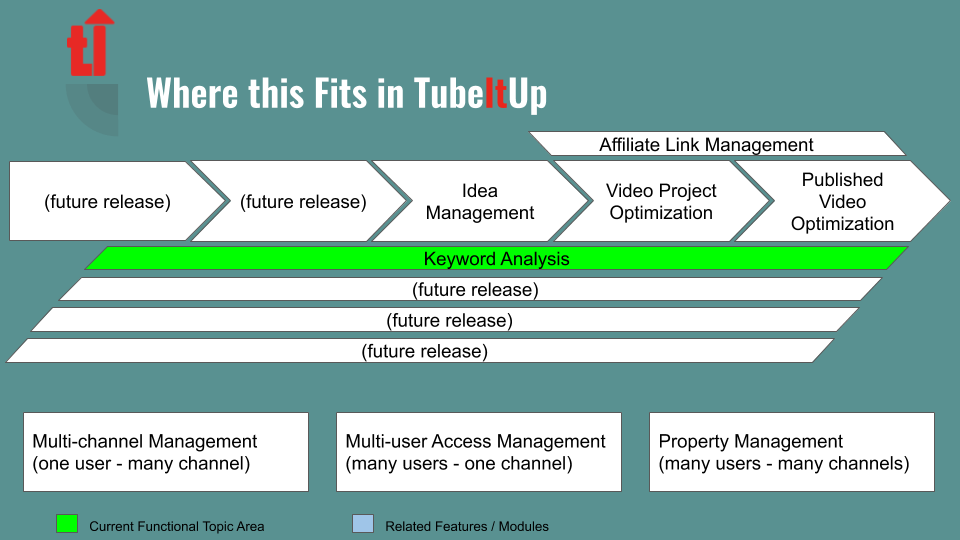Seismic Score Explained

How the seismic score works within TubeItUp is a popular question. In short, it’s there to assist you with your YouTube SEO Keyword Research. Seismic Score sits within the Keyword Analysis module of the software, and you’ve seen it in the Idea, Project and Published Video spaces. We highly recommend that you start planning your keywords very early within your video production cycle. TubeItUp allows you to begin constructing your keyword lists as early as the idea phase.

We often get asked, “what does the Seismic Score mean? We’ve used words like, weighted search averages, relative search density and other phrases that just make your eyes water. In short. it’s a simple way to show the difference between very small search volumes, like 1000, and very large search volumes like 10 billion. To save space on the Keyword Research table, we decided to use a simple three digit number. This allows us to represent a range of small and large numbers in a uniform way.
seis·mic /’sizmik/ adjective
of enormous proportions or effect.
When attempting to find useful ways to represent the difference between very small and very large numbers, we ran into several problems with the length of the numbers. One of our first thoughts was to use metric system-ish identifiers. For example:
| Name | The Number | Symbol | Proposed Visual |
| hundred | 100 | h | 1h or 100 |
| thousand | 1000 | k | 1k |
| million | 1,000,000 | M | 1M |
| billion | 1,000,000 | G | 1G |
We found several problems with this methodology which all mainly boiled down to the fact that it was too confusing. Here’s what we didn’t like:
- h for hundred could easily be confused for ‘hours’
- G for billion could easily be confused for ‘Grand’
- M is roman numerals mean 1000
- Numeric expansions into the tens and hundreds digits would appear clunky (100k, 10M, 1G)
We opted to create a three digit scale (e.g. 54.7) that grew consistently within normal proportions as the numbers got larger. To allow search volumes to remain 3 digits and still accurately represent numbers in the billions, it was necessary to have the numbers represent exponential growth (as opposed to linear growth).
We experimented with several methods, but ultimately settled on the “Richter” magnitude approach (i.e. how earthquakes are measured). Obviously, we had to modify the Richter algorithm a bit to meet our needs. But the overall approach is the same in that we use a logarithmic scale that represents a 10-fold increase in search volume for every incremental increase in our Seismic Score.
For example, using our methodology, the number 30 is essentially 10-times bigger than the number 20, and so on. The concept is best explained in this short video.
Obviously, exactly how to arrive at the number is fundamental to our Secret Sauce, meaning, there’s more that goes into it than meets the eye. But this is a good way to think about how we derive the score and what it means to you during your YouTube SEO process.

